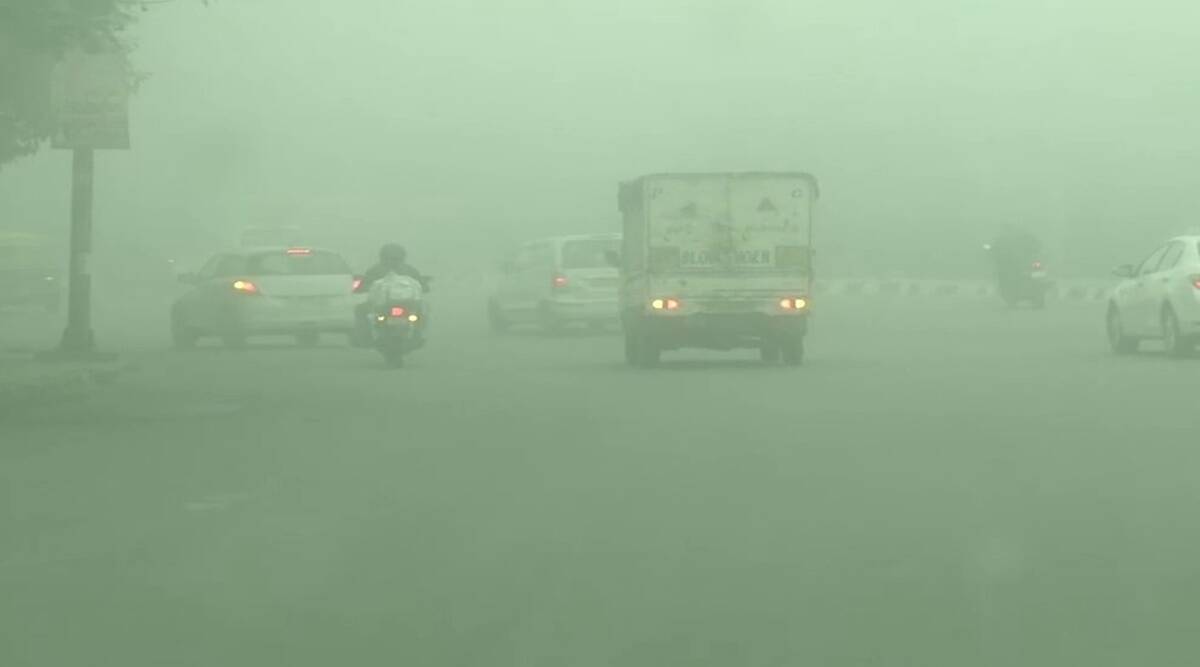
After four days of incessant rainfall, a shallow fog engulfed parts of the national capital on Wednesday morning which leads to poor visibility.
According to the Indian Meteorological Department (IMD), a minimum temperature of 20 degrees Celsius and a maximum temperature of 31 degrees Celsius will be experienced by Delhi’s people.
Meanwhile, the System of Air Quality and Weather Forecasting And Research (SAFAR) recorded 153 on 12 October which is unhealthy for sensitive groups.
“Unprecedented rains received last week in Delhi-NCR have changed the temperatures. Now, early mornings & evenings are very cold, which causes restricted movement. So, fog, smog, and pollution tend to collect more”, Dr. Nikhil Modi, Sr Pulmonologist, at Indraprastha Apollo Hospital said.
“The change in the temperatures brings in more patients of Asthma, COPD, and Bronchitis. Further the smog and fog, we are experiencing, will bring more patients suffering from the diseases mentioned above”, Dr. Nikhil added.
“Asthma starts at a young age. So, children are getting more and more affected by this. We are witnessing many cases in which children are suffering from increased cough and breathlessness,” Dr. Nikhil Modi said.
Moreover, on the intervening night of Friday and Saturday, many parts of Delhi witnessed heavy rainfall, and the weather forecasting agency has not issued a warning or alert for Delhi.
“As per the latest analysis, rainfall activity is occurring over north India due to interaction between western disturbance which is at the middle and upper troposphere, and at the lower level, there is a because its cyclonic circulation over the Gujarat region and from there the moisture because the wind is coming towards the Uttar Pradesh, Delhi-NCR region and East Rajasthan, West Madhya Pradesh. If we see the rainfall activity till 8:50 am in the morning, heavy to heavy rainfall occurred mainly over the UP and MP, Gujarat, and Konkan region,” RK Jenamani, Scientist, IMD, said.
However, in the Pir Panjal mountain range of the Poonch district, Jammu and Kashmir received a fresh spell of snowfall.